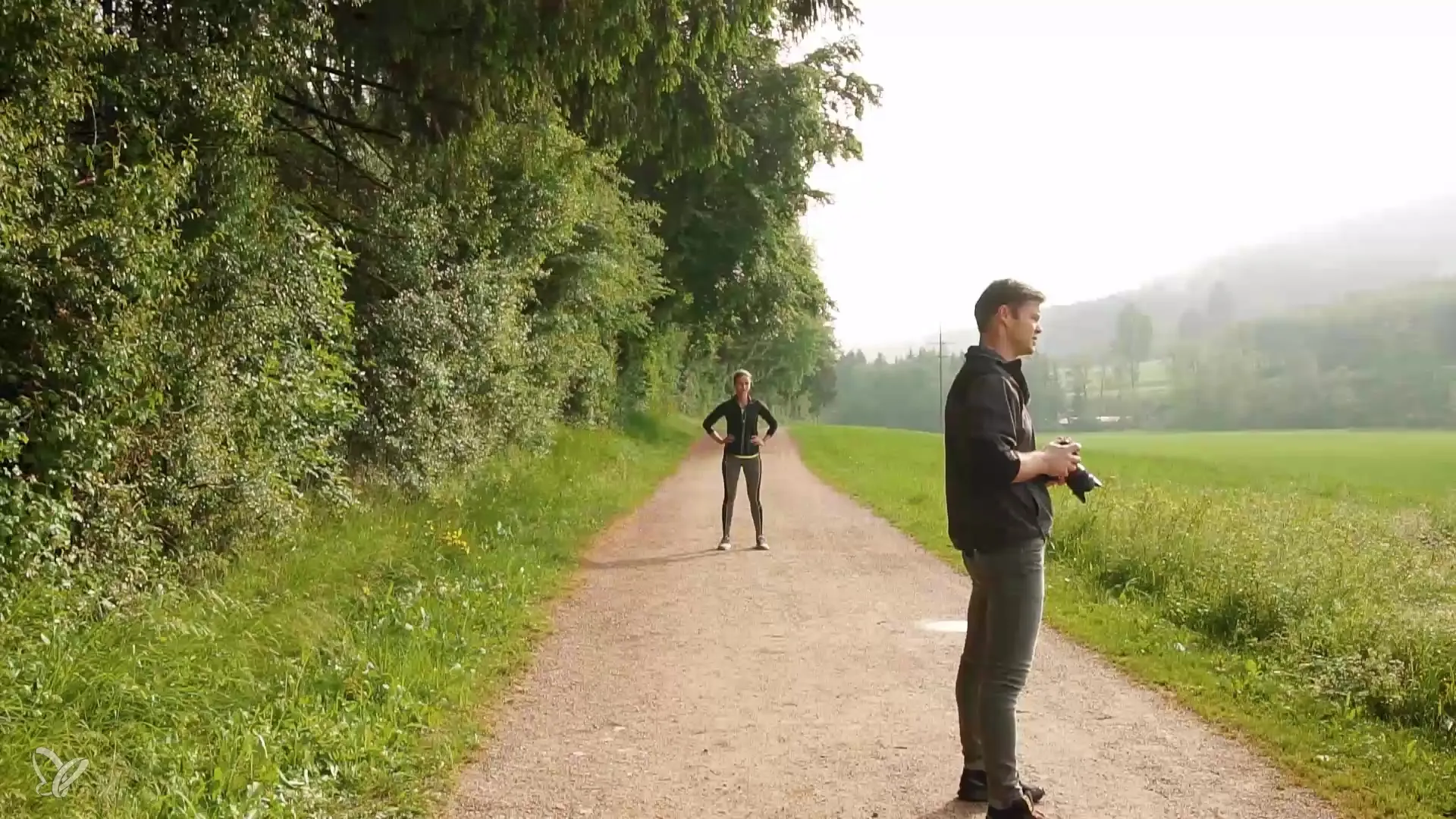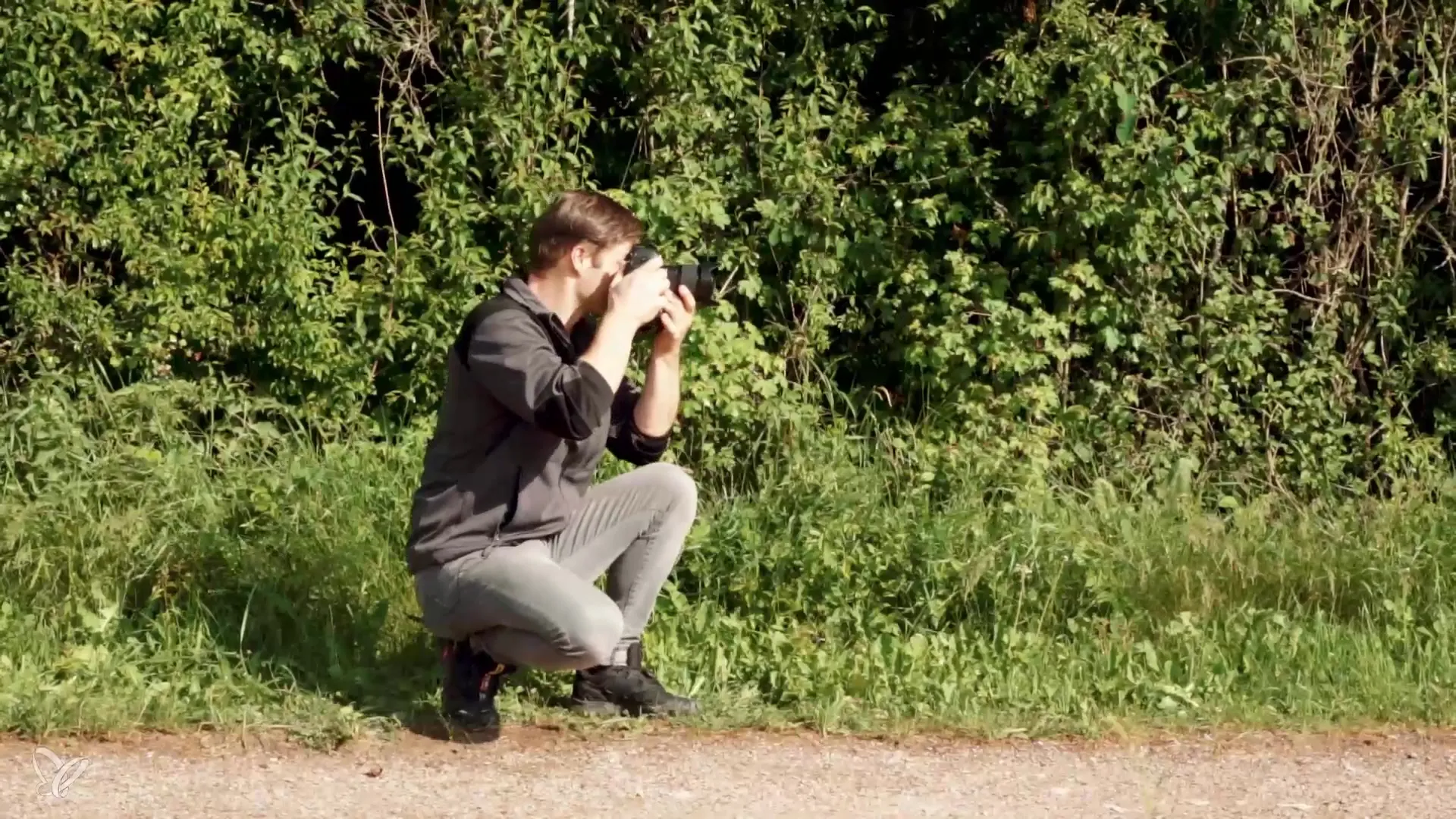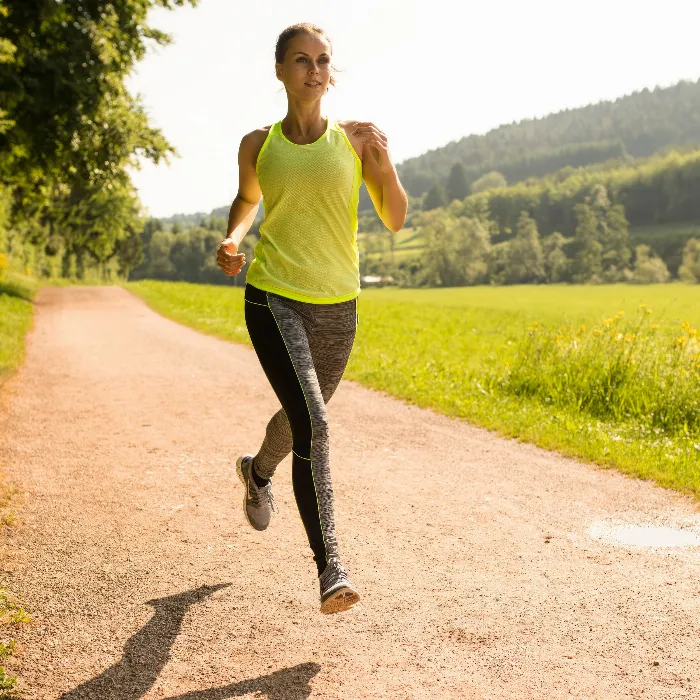The fascinating world of sports photography opens up countless opportunities for capturing exciting moments and dynamic actions. However, to achieve truly impressive images, it’s all about the right settings and techniques. In this tutorial, I will show you how to increase the dynamics in your images by choosing the right focal length and a varying aperture. Additionally, I will share some simple tricks that will help you make your autofocus work more efficiently.
Main insights
- By choosing an appropriate focal length and aperture, you can create more dynamics in your images.
- A fast autofocus is essential for capturing moving subjects sharply.
- Flexibility is important in sports photography to find different perspectives and compositions.
Step-by-Step Guide
Step 1: Choose Focal Length
To give your images more aggression, you should change the focal length. I recommend going for a focal length of 20 mm. This allows for a wider view, making your sports shots appear more dynamic. When changing your focal length, also ensure that you have the right light setup to optimally highlight your subject.

Step 2: Set Aperture
After adjusting the focal length, it’s time to change the aperture. I optimize my aperture to choose an open setting, such as f/1.4. This creates a nice blur in the background, bringing your main subject more into focus and conveying more dynamics.
Step 3: Choose Shutter Speed
In sports photography, shutter speed is crucial. I often work with a short shutter speed of, for example, 1/2500 of a second. This helps to freeze the movement of your subject, showcasing it sharply and clearly. Ensure that your camera is stable enough to accurately capture the movements.
Step 4: Optimize Autofocus
Autofocus is another important element in sports photography. If your subject is in motion, make sure the autofocus reacts quickly. You can adjust the autofocus settings by increasing responsiveness to movement and improving autofocus field tracking. This way, your camera will respond faster to changes in movement.

Step 5: Flexibility and Agility
To capture the best subjects, be flexible yourself. Move around during the shoot, change positions, and switch perspectives. Dynamic photography requires you not to stay rigid in one spot but to try out different positions. This leads to more interesting compositions that further enhance the dynamics of your sports shots.
Step 6: Pay Attention to Lighting Conditions
The lighting conditions should not be overlooked. Pay attention to how the light falls on your subject and which colors dominate. Dark clothing can negatively impact autofocus performance. In unfavorable lighting situations, you may need to return to f/2.0 and a similar shutter speed for better results.
Step 7: Final Check and Post-Processing
After you have taken a series of images, review your shots. Look at which settings worked best and analyze your results. In post-processing, you have the opportunity to make adjustments that further enhance the dynamics and impact of your shots.
Summary – Staged Sports Photography: Dynamics with Natural Light
You have now learned how to significantly influence the dynamics of your sports photography by choosing focal length, aperture, and shutter speed. Fast autofocus settings and flexible positions help you create impressive shots. Finally, remember that the right light and post-processing also have a significant impact on the quality of your images.
Frequently Asked Questions
How do I choose the right focal length for sports photography?The choice of focal length depends on the type of sport and the desired perspective. Wide-angle focal lengths enhance dynamics.
Why is an open aperture important?An open aperture creates an attractive background blur that highlights the main subject.
How can I optimize my autofocus?Set the response speed to fast movements and improve autofocus field tracking.
What is the best shutter speed for moving subjects?A shutter speed of 1/2500 of a second or faster is often ideal for freezing quick movements.
How important is the lighting situation?The lighting situation has a significant impact on image quality. Pay particular attention to contrasts and colors of the subject.


